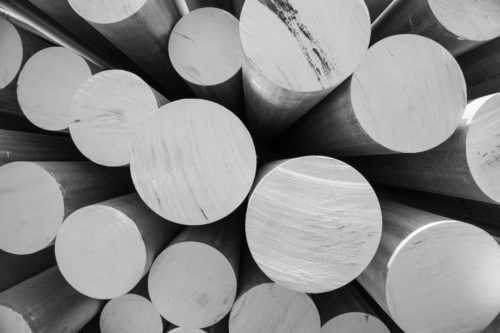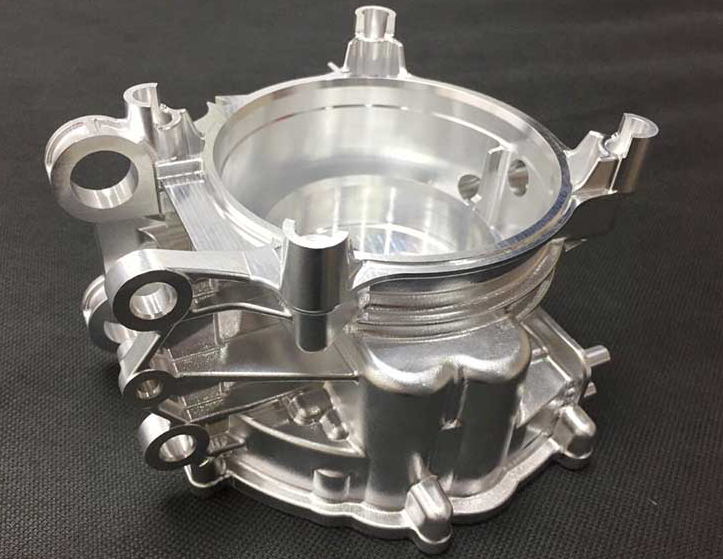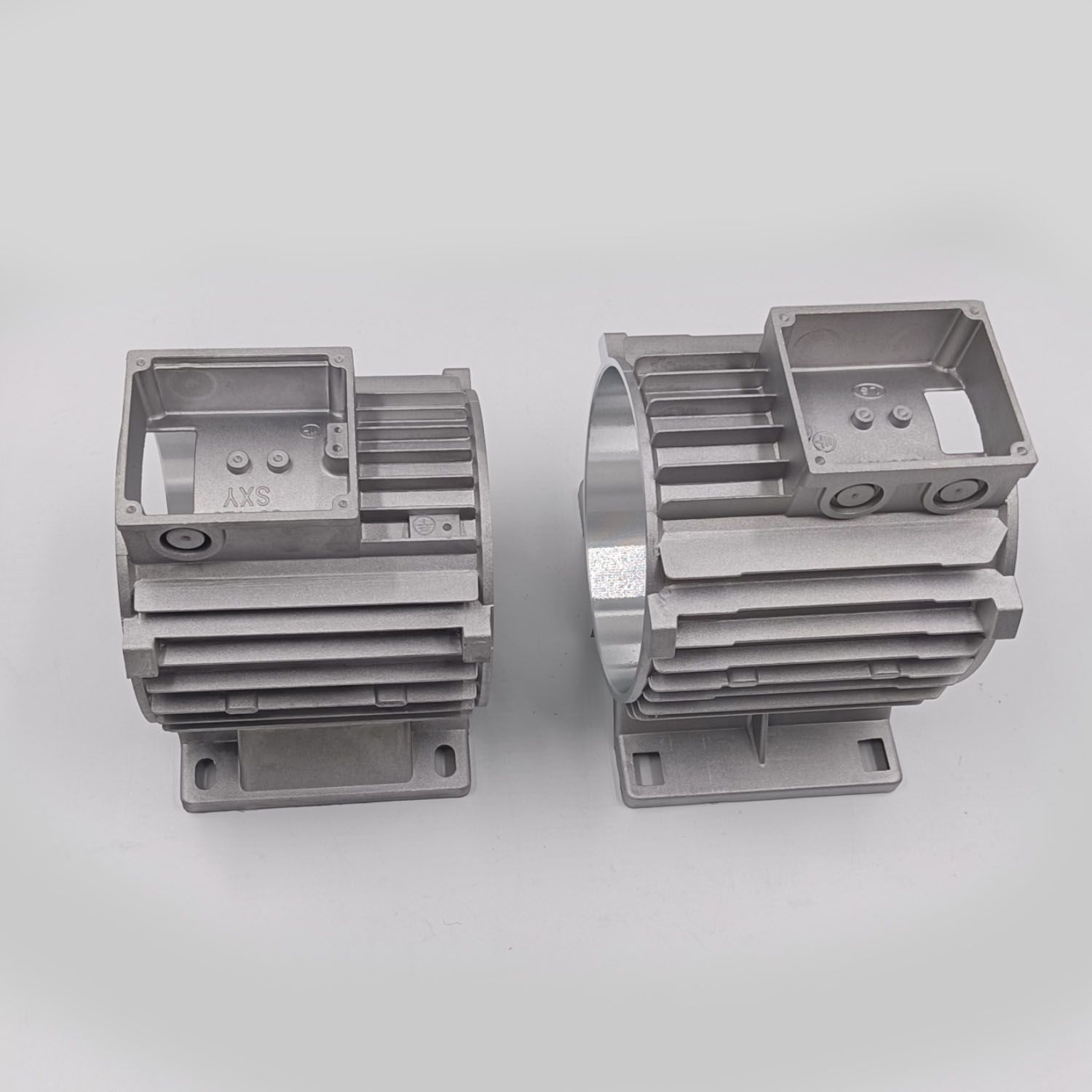9 Easy Facts About Stahl Specialty Company Described
9 Easy Facts About Stahl Specialty Company Described
Blog Article
Indicators on Stahl Specialty Company You Should Know
Table of ContentsHow Stahl Specialty Company can Save You Time, Stress, and Money.The Buzz on Stahl Specialty CompanySome Known Details About Stahl Specialty Company The Single Strategy To Use For Stahl Specialty CompanyStahl Specialty Company Can Be Fun For EveryoneStahl Specialty Company for Dummies

If you're developing a steel product, you have actually likely taken into consideration utilizing aluminum as the base material. It has a high strength-to-weight proportion, excellent deterioration resistance, good formability, and visual charm. These variables have actually led to its raised appeal over the last few years. Pure aluminum has actually limited applications, so it is typically incorporated with various other aspects, such as silicon, magnesium, and manganese to form alloys.
Different components and amounts generate a wide range of desirable physical and chemical buildings. And the Aluminum Organization (AA), based in North America, has actually created requirements that regulate light weight aluminum alloys' make-up, buildings, and nomenclature. There are 2 kinds of aluminum alloys functioned and cast. Foundry employees form these alloy key ins various means, which dramatically affects their characteristics.
Getting My Stahl Specialty Company To Work
Cast aluminum alloys are made by melting pure light weight aluminum and integrating it with other metals while in liquid kind. The mix is poured into a sand, die, or investment mold and mildew. After solidification, the metal is removed from its mold. At this phase, it remains in either its final form or as a billet or ingot for further processing.

The fourth figure, which comes after the decimal factor, specifies if the alloy is a spreading (xxx. Wrought aluminum alloys also begin by incorporating liquified aluminum with other steels. In contrast to cast alloys, however, they are created right into their final form through procedures such as extrusion, rolling, and flexing after the metal has strengthened into billets or ingots.
There are numerous minor differences in between functioned and cast aluminum alloys, such as that cast alloys can include a lot more considerable quantities of various other steels than wrought alloys. However the most remarkable difference in between these alloys is the manufacture process whereby they will most likely to deliver the end product. Besides some surface area therapies, cast alloys will certainly leave their mold and mildew in practically the precise strong form preferred, whereas functioned alloys will certainly undergo a number of alterations while in their solid state.
If you assume that a wrought alloy might be the most effective for your task, have a look at a few of our articles that explain even more regarding details wrought alloys, such as Alloy 6061 and Alloy 6063. On the various other hand, if you assume an actors alloy would certainly be better for you, you can discover a lot more regarding some actors alloys in our Alloy 380 and Alloy 383 write-ups (coming soon).
5 Simple Techniques For Stahl Specialty Company
When selecting a light weight aluminum foundry for your manufacturing requirements, it's crucial to study several elements. Among one of the most essential elements to take into consideration is the experience and competence of the foundry. Aluminum Casting. Choosing a foundry that has the best expertise of the light weight aluminum spreading process, and the profile to reveal for it, assists to have a successful end result for your job
Having the experience and sector knowledge to engineer your castings for optimum production and top quality end results will certainly improve the task. Making aluminum castings calls for a complicated collection of processes to attain the right results. When picking a new light weight aluminum shop to partner with, guarantee they have extensive market experience and are knowledgeable regarding all aspects of the light weight aluminum casting procedure: style, production, material evaluation, and product testing.
The factory needs to likewise have a proven record of supplying outstanding products that meet or surpass client expectations. Quality assurance needs to also be at the top of your checklist when choosing an aluminum shop. By functioning with a certified shop that complies with the requirements for high quality control, you can secure the stability of your product and ensure it fulfills your specifications.
By choosing a company that provides services that fulfill or surpass your product requirements, you can be sure that your project will be completed with the utmost accuracy and performance. Different components require various manufacturing methods to cast aluminum, such as sand casting or die spreading.
Getting My Stahl Specialty Company To Work
Die spreading is the name offered to the procedure why not find out more of developing complicated steel elements via use molds of the part, also called passes away. The procedure utilizes non-ferrous metals which do not include iron, such as aluminum, zinc and magnesium, as a result of the preferable buildings of the steels such as reduced weight, higher conductivity, non-magnetic conductivity and resistance to rust.
Pass away spreading manufacturing is quickly, making high manufacturing degrees of elements simple. It produces more components than any type of other process, with a high degree of precision and repeatability. To get more information regarding die spreading and die casting materials utilized while doing so, kept reading. There are three sub-processes that drop under the classification of die casting: gravity pass away casting (or permanent mold and mildew spreading), low-pressure die spreading and high-pressure die spreading.
No matter the sub-process, the die spreading procedure can be broken down into six steps. After the purity of the alloy is examined, dies are produced. To prepare the craves spreading, it is vital that the passes away are clean, to make sure that no residue from previous productions stay. After cleaning, the ejection lubrication is used to the die to make certain a smooth launch.
Everything about Stahl Specialty Company
The pure metal, also called ingot, is contributed to the heating system and maintained the molten temperature of the metal, which is after that transferred to the shot chamber and infused into the die. The pressure is then maintained as the metal strengthens. As soon as the steel solidifies, the cooling process starts.
(https://www.40billion.com/profile/501088413)
The thicker the wall of the part, the longer the cooling time as a result of the quantity of indoor steel that also requires to cool. After the element is completely cooled down, the die cuts in half open and an ejection mechanism pushes the part out. Complying with the ejection, the die is shut for the next shot cycle.
The flash is the extra material that is cast throughout the procedure. Deburring gets rid of the smaller sized pieces, called burrs, after the trimming process.
The Ultimate Guide To Stahl Specialty Company

Zinc is one of the most previously owned alloys for die casting due to its reduced cost of raw products. Its rust resistance also permits the parts to be lengthy enduring, and it is one of the more castable alloys due to its reduced melting factor.
As stated, this alloy is one of the most generally made use of, yet manufactures will, sometimes, select aluminum over zinc as a result of aluminum's production advantages. Aluminum is very cost-effective and one of the much more functional alloys. Aluminum is utilized for a variety of different items and markets anything from window structures to aerospace materials.
Report this page